How to get the ring of her dreams without blowing a fortune
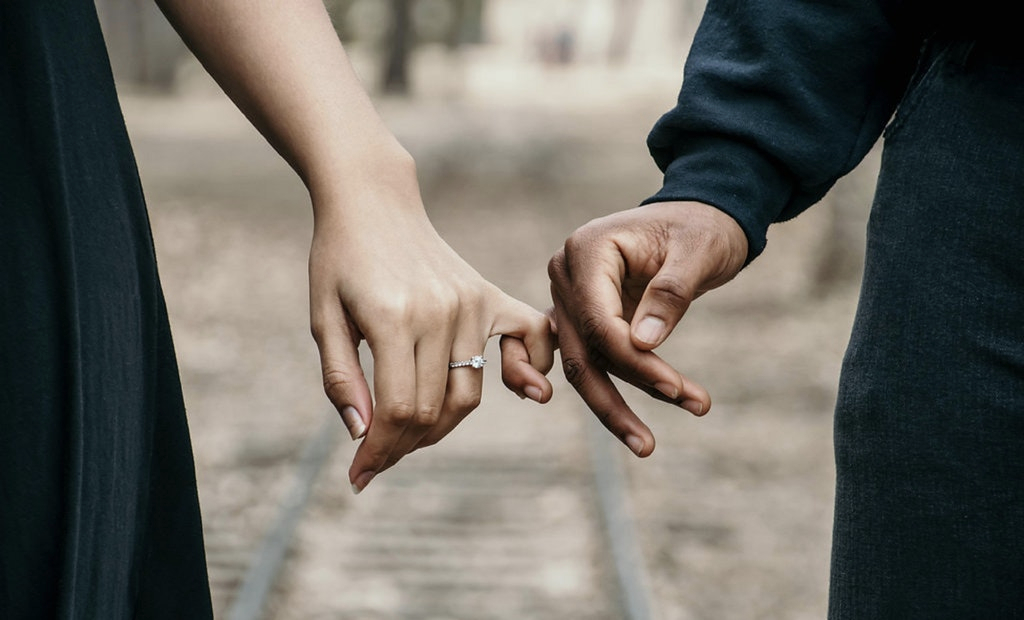
If you’re sweating at the prospect of funding that dream engagement ring for your fiancée, take a deep breath. Ignore the “rule“ of having to spend a month’s salary, or two months, or three – it seems like that figure is always changing – and instead of fretting, put in some solid research. The key to finding the perfect ring all boils down to knowing what to look for, and what you’re buying.
Set a budget – a sensible figure that you can afford, and which won’t put you in any financial trouble – and stick resolutely to it. You might have an idea of the dream engagement ring that you want to buy, and it may be that the money you can spend won’t cover that. If this is the case, don’t be despondent. There’s a way to work with the funds you have.
If you understand how diamonds are classified and rated, you can use this knowledge to get the very best possible stone for your money. Diamonds are graded across criteria commonly referred to as the four Cs, as explained here by GIA.
Carat
Carat is the weight of the diamond; the larger the carat the heavier the diamond, and therefore – obviously – the more expensive it is. The weight is representative not as a linear, but a curve, so a 2.0ct diamond won’t look twice as big as a 1.0ct version, and so on. To illustrate, the diameter of a 1.0ct diamond is 6.5mm, and a 0.5ct diamond 5.2mm; barely any discernable difference.
Cut
Cut rates how sparkly the diamond is. Grades range from excellent to very good, good, fair and poor. For the cut, very good or good stands up well; several clarity gradings below flawless are considered “eye clean” – ie without the use of a microscope or magnifying glass, you won’t notice any imperfections.
Clarity
Clarity judges the impurities of a diamond, which are created by pressure and heat when they’re formed deep underground in mines. The very top rated diamonds have a flawless clarity – and a price tag way out of reach for all but the seriously wealthy.
Colour
Colour sounds a strange one – aren’t diamonds all the same colour? Broadly, yes, but the differential comes into play when assessing the whiteness of a stone. D is the best grading a diamond can achieve, which means it is completely colourless, but the rating goes all the way down to a Z. Any diamonds with a Z rating will have a brown tint to them, and won’t be particularly attractive to look at. Put it this way, they’ll be obvious to the wearer that they’re not “clean”.
Colour grading D is perfect, but H grades are virtually colourless and even Ks are only slightly tinted.
The fifth C: Cost
Clearly, if you’re intending to buy an engagement ring that has a carat size of 2.0, an excellent cut, colour D and a flawless, clarity you’ll pay a lot for it. How much? As an example, if shopping for engagement rings from 77 Diamonds, a diamond ring with those qualities might come in anywhere from £50,000 upwards. However, the Mayfair-based jewellers can advise on how to bring that figure down significantly without compromising hugely on the end result: the ring.
Make those adjustments and you might be stunned at the difference, and also the physical ring, which will still look striking. At the same retailer, a 1.0ct diamond engagement ring, colour H, clarity VS2 (very slightly included 2, a crystal-clear clarity) and good cut comes in at around £4,200.
Be prepared to discuss these options with a jeweller and you’ll find that the ring of her dreams is not just a fantasy.
The editorial unit

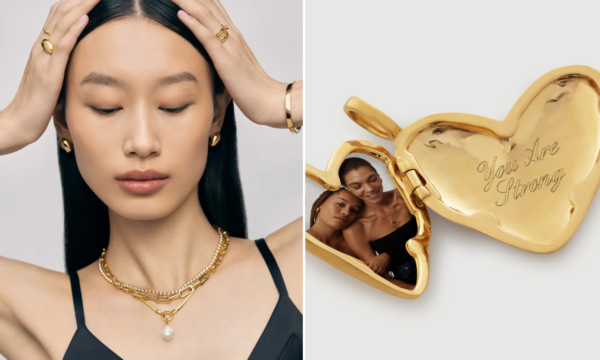



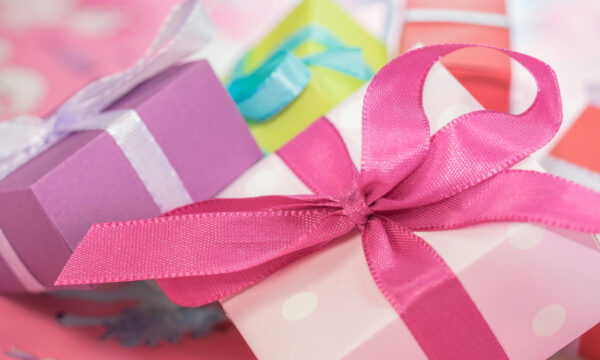
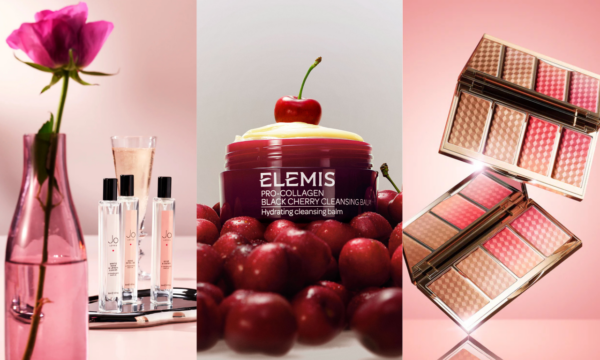

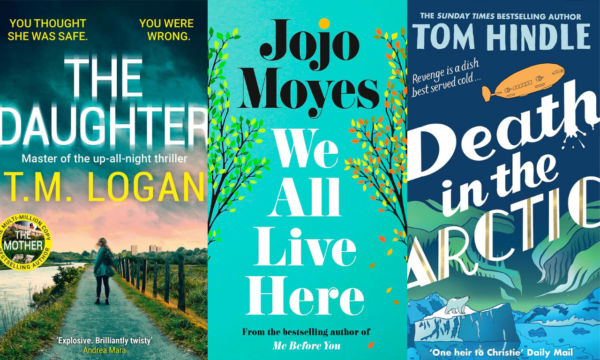




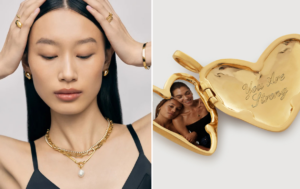







Facebook
Twitter
Instagram
YouTube
RSS